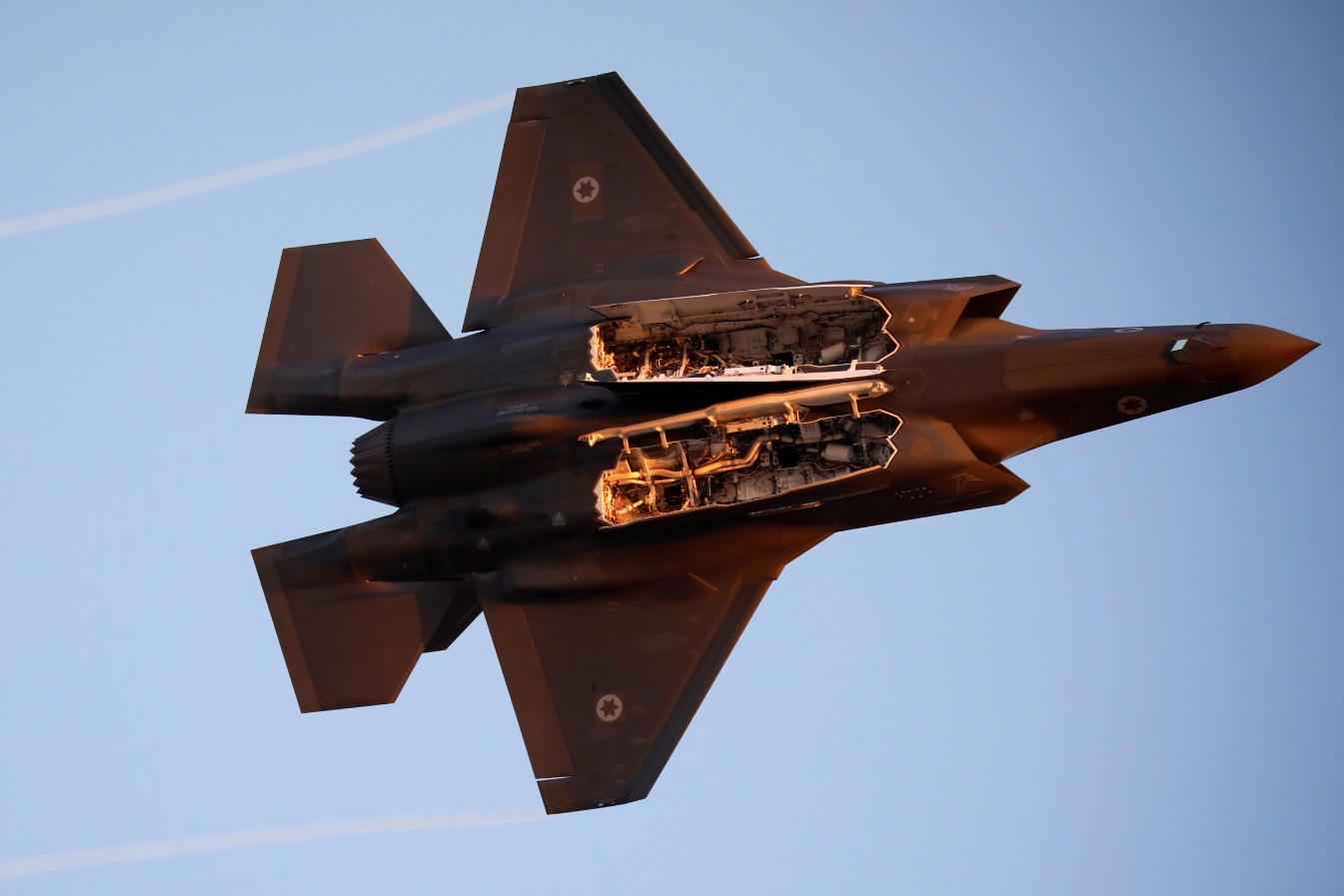
S-500: How Russia Plans to Kill F-22 and F-35 Stealth Fighters in a War?
Of all the Kremlin’s latest weapons projects, the S-500 is among Russia’s most direct and potent answers to U.S. fifth-generation stealth fighter jets like Lockheed Martin’s F-35 Lightning II and F-22 Raptor.
At a Defense Ministry meeting earlier this week, Russian president Vladimir Putin said that Russia’s expansive military modernization programs are proceeding according to schedule. “The latest weapon systems and military hardware are intensively arriving for the Army and the Navy, the potential of the nuclear triad has strengthened substantially and the Navy has expanded its combat capabilities, especially with warships carrying Kalibr cruise missiles.”
Putin noted that as much as 70 percent of the Aerospace Force’s surface-to-air missile regiments have been modernized with the S-400 Triumf missile defense system. He added that the next-generation successor to the Triumf, the S-500 “Triumfator-M,” is well on its way to entering service: “The S-500 system whose trials are successfully nearing completion is next to be delivered to the troops.” It was reported last week that Russia’s military has begun to accept deliveries of the Yenisei radar station, likely an S-500 component.
The forthcoming S-500 not only improves on its S-400 predecessor in most respects but introduces a raft of new capabilities that place it into a performance class of its own. With its upgraded 77N6 series missiles, the S-500 is reportedly capable of intercepting hypersonic cruise missiles and other aerial objects flying at speeds of over Mach 5. The S-500 can engage ballistic missiles at ranges up to 600 kilometers and can target up to ten missile warheads flying at a speed of over four miles per second. The manufacturer, Almaz-Antey, previously claimed that the S-500 can also threaten certain types of low-orbit satellites, though the full extent of its performance at extremely high altitudes remains unclear.






















